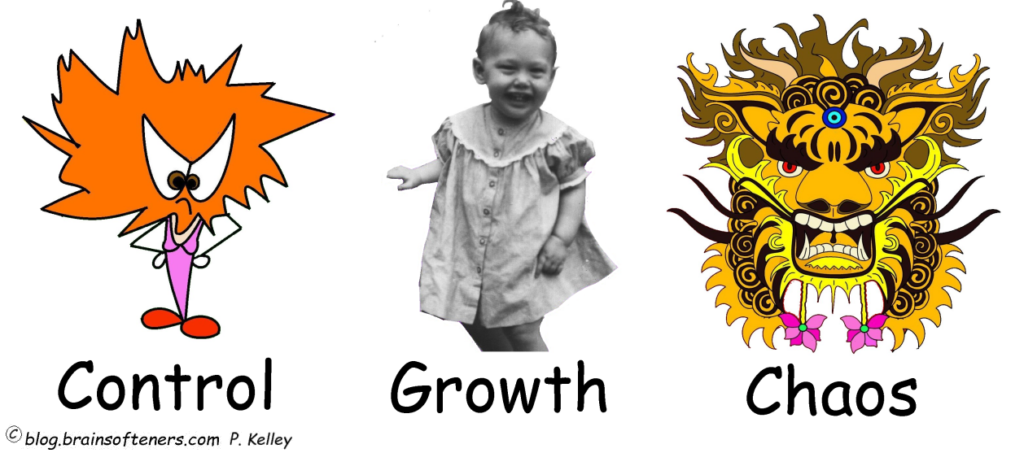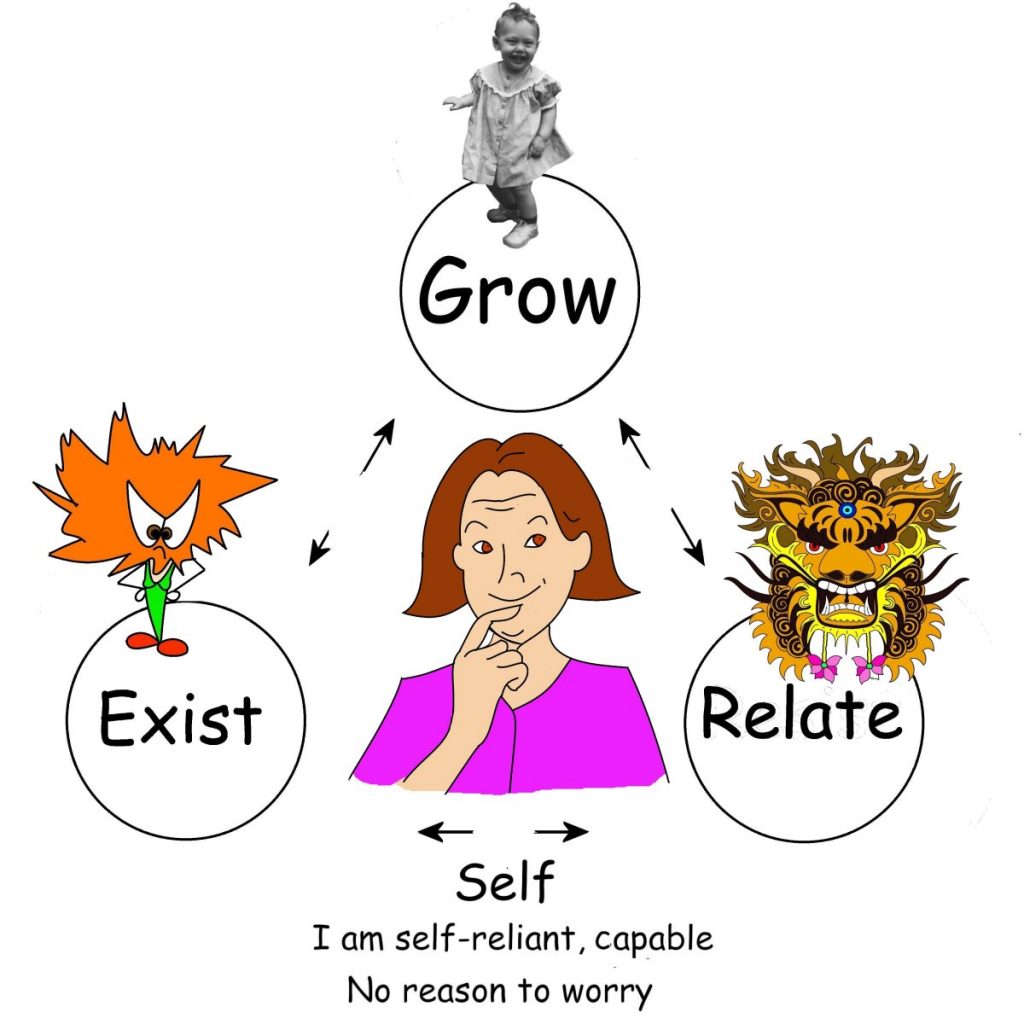Each person brings a unique experience, knowledge and intelligence into a relationship. How we behave with each other can be influenced by oversimplified stereotypes based upon prior experiences. Stereotypes can be true, based on fact or completely false and baseless.
What Do We Know About Relationships?
What’s the Deal with Relationships?
-
- Why do some relationships pass?
- Why do some relationships fail?
Those questions seem to be the universal mystery of life. Why can’t we all just get along?
Psychological theories abound. Book stores are filled with advice by self-help gurus who promise the moon to improve your communication skills.
Common Types of Relationships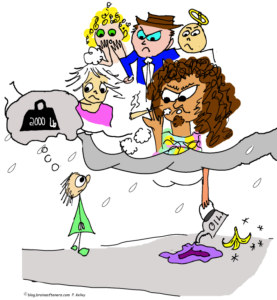
- Significant Other, Ex Significant Other
- Mother, Father, Guardian
- Sister / Brother, Cousin, Aunt, Uncle, Grand Parent
- Employer, Co-Worker, Sales person
- Physician, Surgeon, Administrator
- Food Service worker, Waiter, Waitress, Wait Person
- Minister, Clergy, Priest, Spiritual Leader
- Police officer, Judge, Detective
- Teacher, Professor
- Deceased person, Memories
- In-Law, Ex-Law, Out-Law
- Outer Space Alien
The combinations are infinite.
How we relate boils down to theories of human needs, of which there are multitudes, both needs and theories.
Theories of Human Needs and Motivations
These are a few of our favorite things.
- Maslow Theory Hierarchy of Needs
- Alderfer Theory ERG Theory
- Aristotelian Triangle
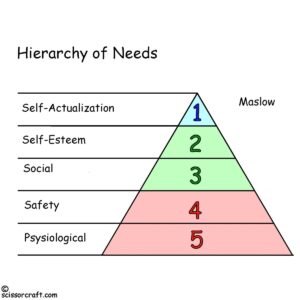 |
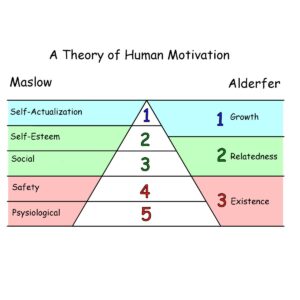 |
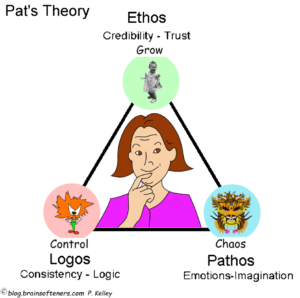 |
|
Maslow’s Hierarchy of Need |
Alderfer’s Theory of Human Motivation |
Pat’s Theory Aristotelian Triangle Logos, Ethos, Pathos |
Each person in a relationship holds a unique experience, knowledge and intelligence of everything they personally experience or have learned.
How we behave with each other can be influenced by oversimplified stereotypes based upon prior experiences.
Stereotypes can be true, based on fact or completely false and baseless.
The simple triangulation of the ERG version provides a simple method to visualize or conceptualize the Me, Myself and I to better understand our role in communication with others.
The philosopher Aristotle used the Ethos, Logos, Pathos triangle to conceptualize relationships between the speaker, audience, and subject.
Why not apply these theories to development our own theory of Pat?
Introducing
Pat’s Theory of Self Motivation
Split the self into three distinct personalities.
Control, Chaos and Growth.
The Plan:
Combined, these entities bond to form the Self:
The self is the whole package. Where we put the big pants on and accept responsibility to resolve our own conflicts.
Control and Chaos play off each other due to well established stereotypes and paradigms. It is through experience that stereotypes and paradigms develop. These knee-jerk responses are coded into our DNA and helped us survive so far…why change?

